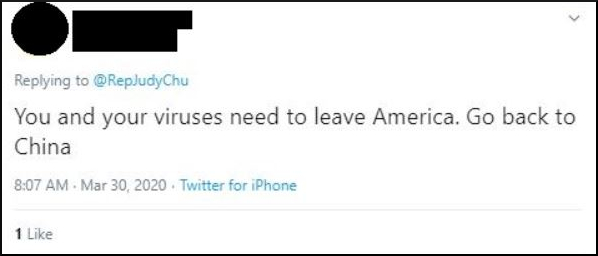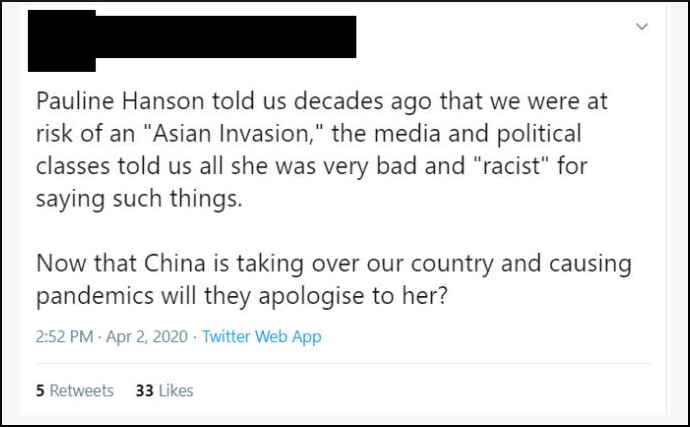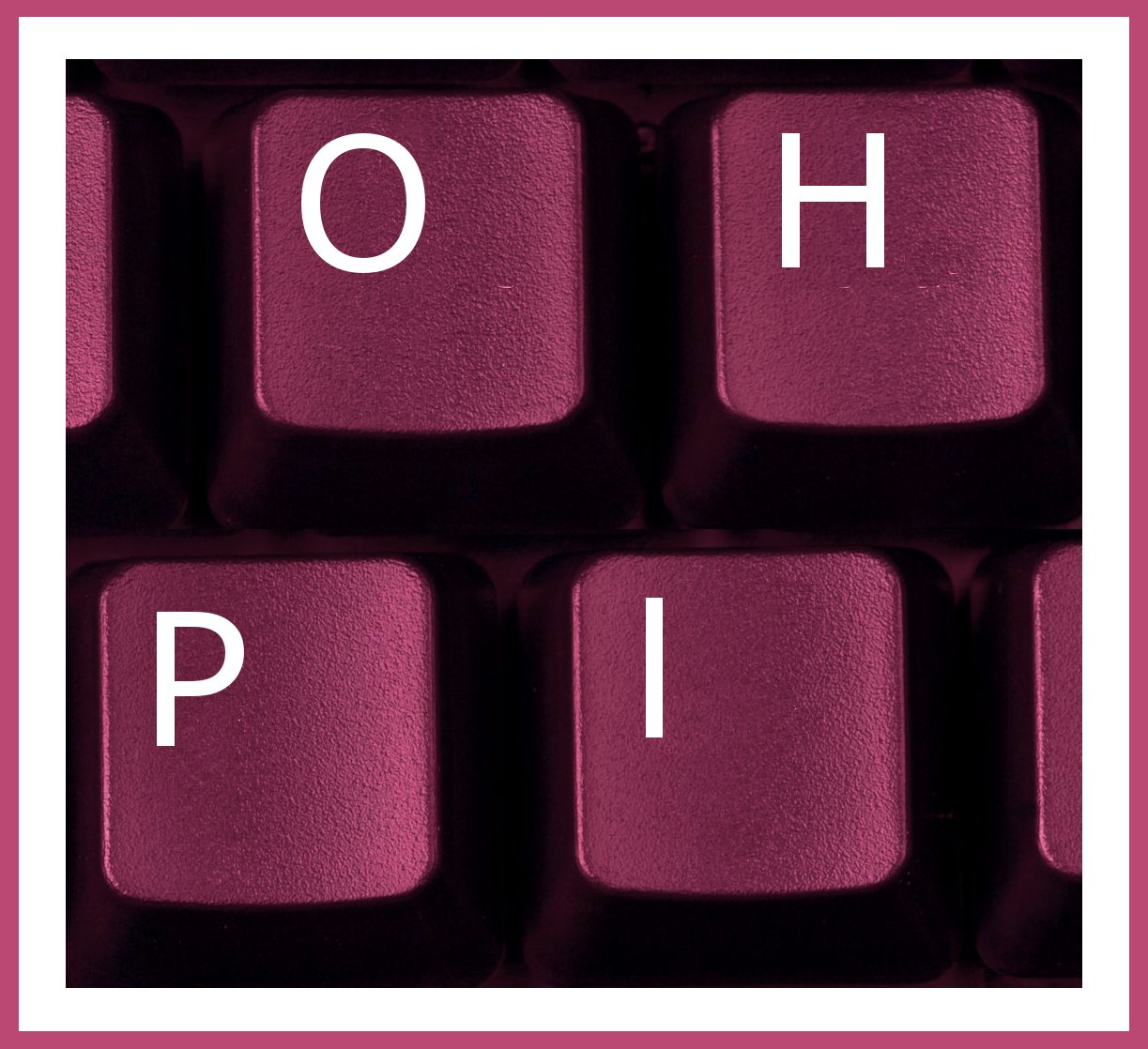Xenophobia has existed throughout history. From earliest times, humans have experienced fear and hatred towards those outside of their own social group, nation or country.

Xenophobia – Fear of the Foreign
History has witnessed many waves of Xenophobic aggression in various parts of the world (outlined in an article published by Psychologenie). The United States saw the rise of White Supremacist group Klu Klux Klan following the freeing of negro slaves in the 1800’s. Nazi atrocities of World War II were committed against Jews, Homosexuals, the disabled and many other groups. Black South Africans were treated appallingly during the Apartheid period of 1948-1995, and the list goes on.
In the year 2020, freedom of speech has given us the right to voice our opinions and social media the vehicle to communicate. This combination provides the perfect avenue for expressing a full range of opinions & emotions. Yet there are many who choose to use social media to solely express anger & hate.
Xenophobia 2020 – COVID-19: Online Hate Towards Asians
Due to Covid-19, 2020 has definitely been a year of Sinophobia with online hate directed at the Chinese & those of Asian appearance. This form of online Xenophobia, evident across every social media platform, sees groups and individuals constantly spreading messages of hate.
The Online Hate Prevention Institute has been running a special focus on Coronavirus: Racism, Hate Speech & Fake News since the pandemic took hold in March. We’ve published briefings, articles and re-posted numerous news stories on Facebook. Many of these have contained the same theme; Xenophobic hate & online abuse directed at Asians as a result of the pandemic. This briefing compiles a series of Xenophobic examples taken from our publications over the past 6 months.
The China Virus
From the beginning of the pandemic Donald Trump referred to COVID-19 as “The Chinese Virus” or “The China Virus” on Twitter. This immediately began to take traction in the online world and fueled hate & cyber-bullying towards Asians.

The media also regularly referred to the virus as originating in China and made subtle discriminatory references in headings and text such as the Sun-Herald’s sub-heading that read “Chinese Virus Pandamonium”.
Individuals followed on-line, name-calling the virus with terms such as Chingchong virus, Kung Flu and China’s Winnie the Flu. Such derogatory terms expressed racial bullying and negative sentiments towards the Chinese people and those of Asian appearance.


The Chinese & Their Food – False Link to COVID-19
Early reports claimed that COVID-19 originated in the wet markets of the Chinese city of Wuhan. Wet markets in China are known to sell live animals and slaughtered species such as snakes, beavers, porcupines, and baby crocodiles, among others. Some reports declared that COVID-19 came from bats and that it had spread to humans via the wet markets. Yet, this was later proven false.
Despite this, as COVID-19 took hold in Western countries the denigration of Chinese people as barbarians for their unusual eating habits was a constant source of xenophobic narrative.

The post below echoes these same sentiments claiming that Chinese eating habits contributed to the creation of COVID-19. “Eating bats and creating a virus that kills thousands – fucking Chinese”.

A further anti-Chinese post on Facebook was even more specific about COVID-19 being caused by the eating habits of Chinese people, saying “if the Chinese didn’t eat EVERY kind of animal, whether it walks, crawls, swims or FLIES, shit like THIS wouldn’t happen so frequently!!!”.

World-Wide Sinophobia
Throughout the world there have been reports of blatant Sinophobia: nationalistic hate speech against the Chinese or people of Asian appearance living in their counties. “You and your viruses need to leave America. Go back to China” one user Tweeted to Congresswoman Rep Judy Chu, a woman who is not only a natural born American citizen, but has served as the elected member for California’s 27th congressional district in the House of Representatives since 2009.

In another example, below, a message implied that China was using the virus as a weapon to gain world dominance. Such comments are intended to spread fear in the community, alarming people to be suspicious of the Asian community.

Australia – Xenophobic Attitudes Toward Asians
Fear and Hatred directed towards the Chinese is rooted in Australia’s history with the introduction of the White Australia Policy in 1901. This was born out of fear of a take-over by Asian & Pacific people.
Such attitudes still exist in Australian communities. It is easy for online messages to stir-up these deeply embedded attitudes, as demonstrated in the Twitter response “filthy asians cant be trusted”.

Another tweet called for “the media and political classes” to apologize to Pauline Hanson for their criticism of her past comments suggesting Australia was “at risk of an Asian Invasion”. They claimed that an apology was now deserved – because “China is taking over our country and causing pandemics”.

Even Facebook pages that in the past have stirred up nationalistic feelings towards Muslims have now turned their attention to inciting sentiments against the Chinese and those of Asian appearance. Australians against Sharia 2 (ID: 1849829035265159) has increasingly added posts about China, especially since the COVID-19 pandemic, slowly bringing into play racism towards the Chinese.
Such was a comment (below) which referred to the pandemic’s origin and Chinese people in Australia bulk-sending baby formulae back to China.

On top of this, Asians have been accused of “constantly stripping our supermarket shelves bare of essential items…..like a swarm of locusts”.
This occurred at a time when ‘lock-down’ was announced and panic buying of essential items took hold. Yet panic buying was wide-spread and not confined to any one nationality. The post below took the opportunity to use a news report of Chinese people fighting over baby formula to then state “Typical greedy and selfish behaviour by the Chinese’.

Online responses to the report were highly racist, with comments containing ‘slurs’ such as “little chinga shit” and a demand that they leave the country.

Xenophobia 2020: COVID-19 Anti-Asian Attitudes
Within a couple of months of the emergence of COVID-19 a massive increase of online hate had already been reported. On Twitter alone, there was a 900% increase of hate towards Asians.
Since the pandemic was first tracked to China, we’ve witnessed the rise of online anti-Asian attacks. We’ve seen racist labelling of the virus by politicians and the media. Others have gone further and stirred up anti-Chinese sentiments linked to its food culture. In Australia, it didn’t take long for older anti-Asian attitudes to emerge.
Online in 2020, anti-Asia has become the new Xenophobia.
We need to act if we want to stop this unreasonable abuse and these relentless cyber-attacks. Please report any online messages, memes or videos that are aimed to denigrate Chinese people or those of Asian appearance.
Add Your Comments and Support
Comments on this briefing can be made on this Facebook post.
The Online Hate Prevention Institute is a Registered Charity that tackles all forms of online hate. You can support our work by making a donation at https://ohpi.org.au/donate/. You can also join us on Facebook, or join our mailing list.
This article is part of our September 2020 campaign to Tackle Online Racism & Xenophobia. We are now preparing for our October campaign to Tackle Anti-Christian Religious Vilification and welcome donations through the campaign fundraiser to increase its scope & impact. The full plan for our campaigns in 2020 can be seen here.
